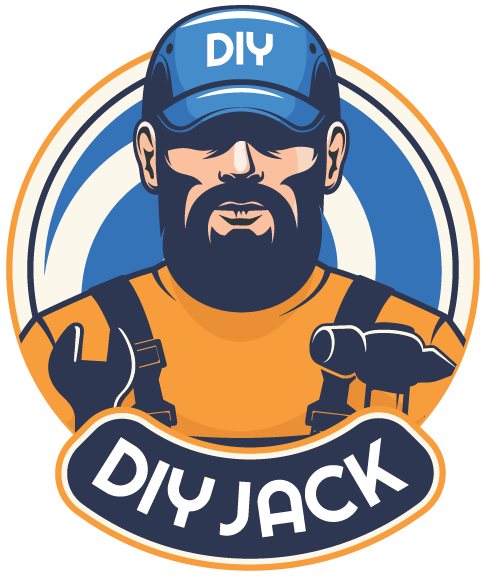Today, we are going to show you how to restore the damaged paint on the boom of a 2020 John Deere 35G mini excavator.
It’s relatively common for paint to chip off on heavy equipment. You don’t necessarily need to paint your machine, but it might be wise if you’re considering a quick sale or if you want to put it for rent.
In this post (and our video), you will learn how to restore damaged paint on a heavy equipment boom step-by-step. Everyone does this differently, but you might find how we do it new or convenient.
WHAT YOU´LL NEED
- 400 grit power sander.
- 400 grit sandpaper.
- 180 grit sandpaper.
- A bucket.
- Water.
- A towel or some piece of old cloth.
- 4 Inch wide blue painter’s tape.
- Paper or plastic sheets to cover (Newspapers or magazines work fine).
- Spray primer.
- Spray paint.
- A space with good lighting.
LET’S BREAK THE PROCESS DOWN INTO STEPS
STEP 1: SANDING

Our Jack used a 400 grit power tool (Milwaukee M18 Orbit Sander in this case). He sanded over and around the scratches. You can move the electric sander up and down along the scratches in a circular pattern.
When sanding the entire surface with a power sander, use sandpaper to finish off the areas you can’t reach with the power tool. For this job, we can use 180 grit sandpaper from top to bottom and sideways.
The part we are going to sand should feel smooth, and the metal on the excavator boom must be exposed. To achieve this, we can finish sanding using 400 grit sandpaper.
Wet the sandpaper before using it so that dust doesn’t form. You can also put water directly on the excavator boom.
When you finish sanding, clean the entire surface well and dry it.
As you can see at 0:22 in our video
STEP 2: COVERING

Now, our Jack will cover the excavator hoses and any other parts that might have paint on them with paper (you can also use plastic) and tape. Newspapers or magazines work great for this.
First, cover only with tape around the ends where the hoses connect.
Then, finish covering the rest of the hoses with paper. Secure the paper with painter´s tape, so it doesn’t move when you start painting.
You can start painting after covering all the parts with paper and tape.
We´ll first use a primer and then spray paint for this job.
As you can see at 1:15 in our video
STEP 3: PRIMING

Shake the primer can well before using it to mix the product well.
Do not apply the primer in one stroke. Use short bursts and paint from a distance of about six inches.
You don’t need to cover everything sanded with the first coat of primer. Put the first coat on, wait ten minutes for it to dry, and finish covering with the second coat of primer.
Wait another ten minutes for the second coat of primer to dry, and you can start painting.
As you can see at 1:27 in our video
STEP 4: PAINTING

As with the primer, shake the can to mix the paint well and paint in short bursts about six inches away from what you are painting.
Don’t try to cover everything up perfectly. You’re going to do that with the second coat of paint. As stated before, always wait ten minutes for the first coat of paint to dry before applying the second coat.
Cover the excavator boom entirely with the second coat of paint.
Wait two hours for the paint to dry, and then you can remove the paper and the tape.
As you can see at 1:45 in our video
FINAL THOUGHTS
These are the steps to restore your mini excavator’s damaged paint and make it look new, whether you want to sell it, rent it, or impress others with your DIY paint job. If you want to learn more about heavy equipment paint restoration, check out our post on: “How to paint the cab of an excavator John Deere 85G.”

